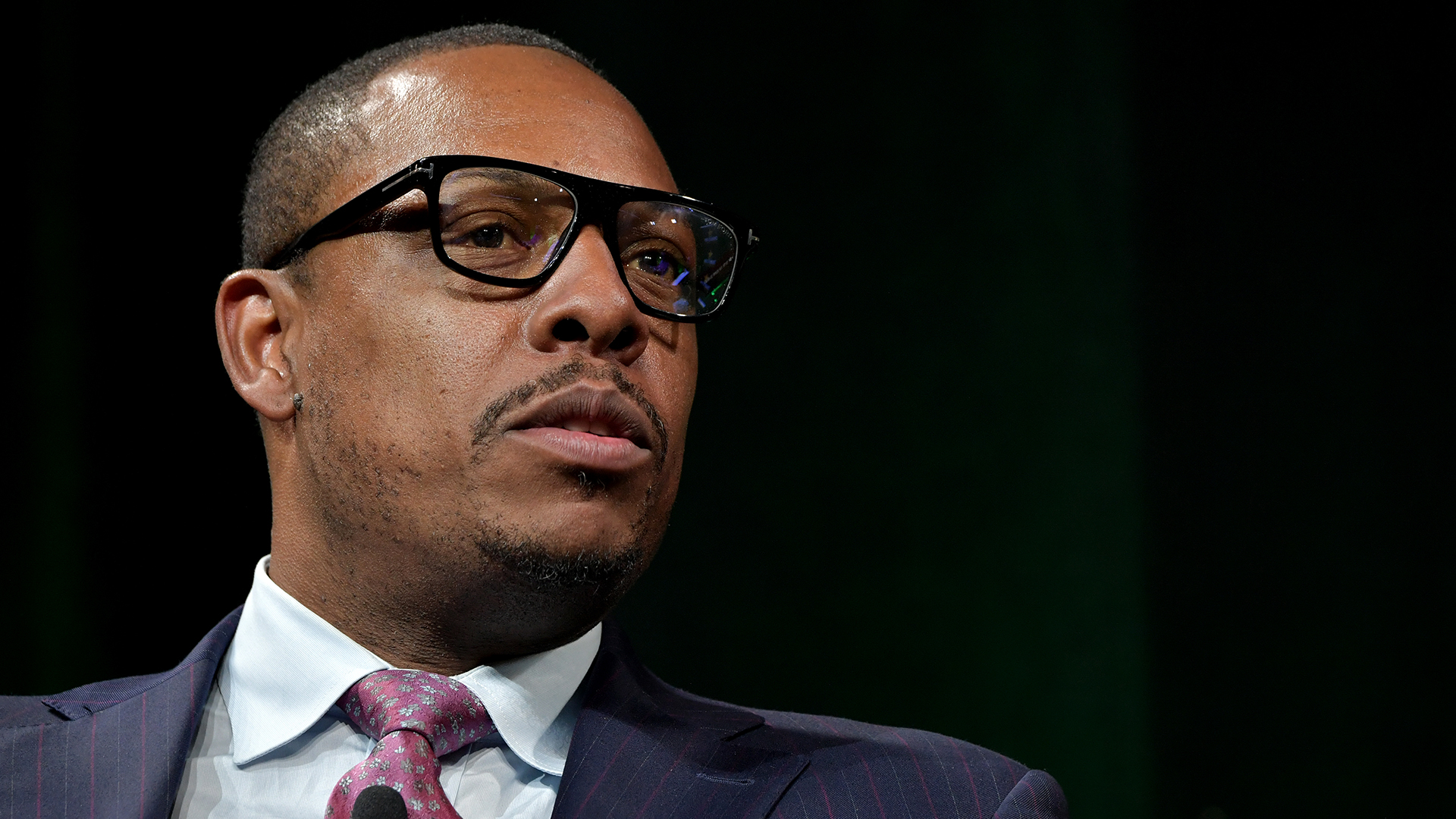Former Boston Celtics athlete Paul Pierce will pay a hefty fine for withholding information.
CNBC reports Pierce has settled with the Securities and Exchange Commission (SEC) for $1.4 million due to promoting EthereumMax (EMAX) on Twitter, without disclosing to users that it was a paid promotion.
An example of Pierce’s activity can be seen on May 28, 2021.
Pierce posted a screenshot on Twitter of an account boasting impressive EMAX holdings and earnings. However, he did not detail that the account wasn’t his, according to The Verge.
😳😳😳😳😳😳😳😳😳😳😘 pic.twitter.com/76Ta7bIOpo
— Paul Pierce (@paulpierce34) May 28, 2021
The outlet also mentions Pierce was allegedly paid over $244,000 to promote EMAX tokens, according to the SEC.
At the time of this writing, Pierce has not yet denied or confirmed the claims from the SEC.
However, what we do know is that he will be facing a $1.1 million penalty and will have to return profits of “approximately $240,000.”
In addition, Pierce has reportedly been banned from promoting crypto asset securities for the next three years.
“This case is yet another reminder to celebrities: The law requires you to disclose to the public from whom and how much you are getting paid to promote investment in securities, and you can’t lie to investors when you tout a security,” said SEC Chair Gary Gensler, according to The Verge. “When celebrities endorse investment opportunities, including crypto asset securities, investors should be careful to research if the investments are right for them, and they should know why celebrities are making those endorsements.”
As AfroTech previously told you, big names such as Kim Kardashian and Floyd Mayweather were also sued for allegedly misleading their followers about their involvement with EthereumMax.
“Defendants touted the prospects of the Company and the ability for investors to make significant returns due to the favorable ‘tokenomics’ of the EMAX Tokens,” read the lawsuit filed in a California federal court. “In truth, Defendants marketed the EMAX Tokens to investors so that they could sell their portion of the Float for a profit.”

